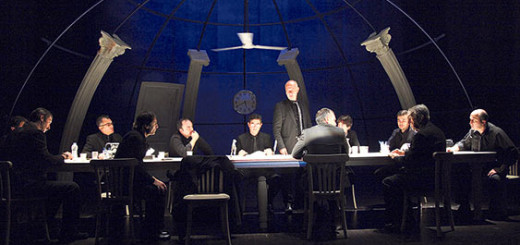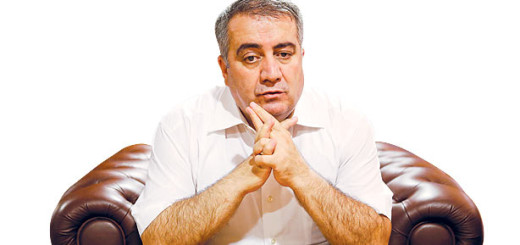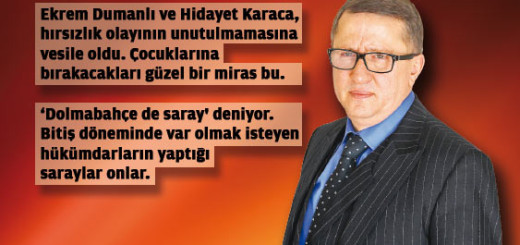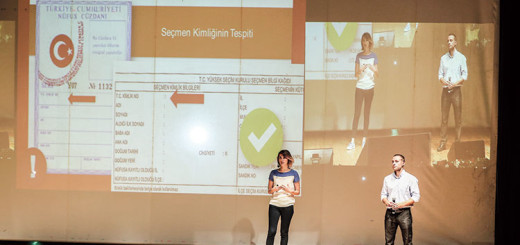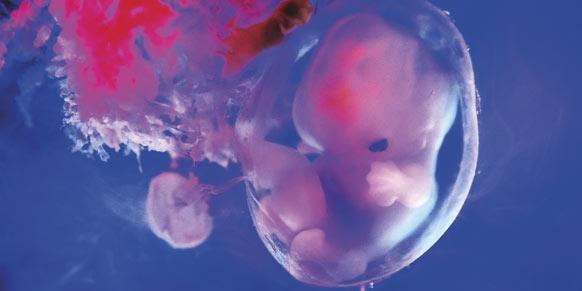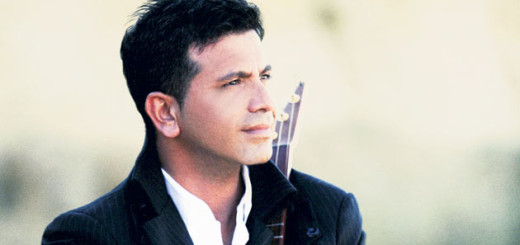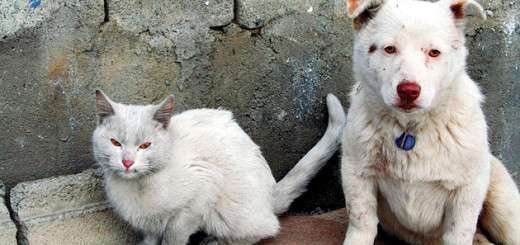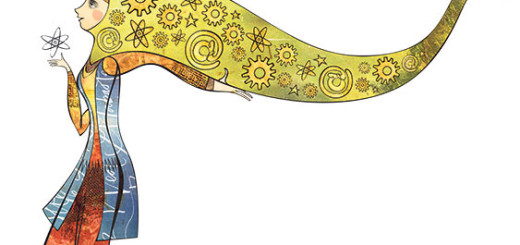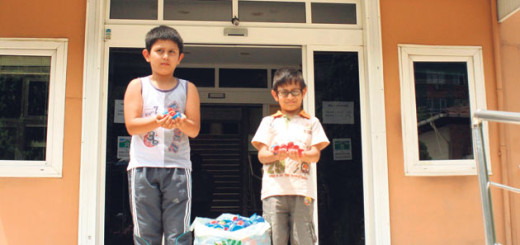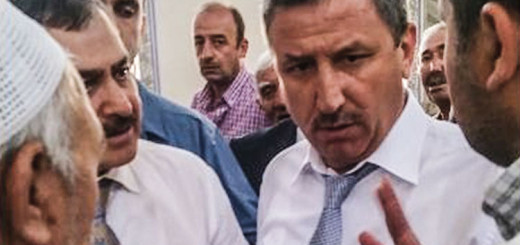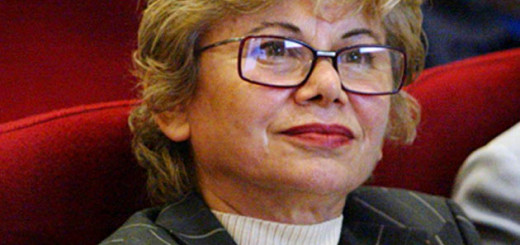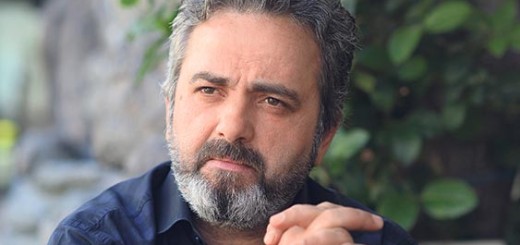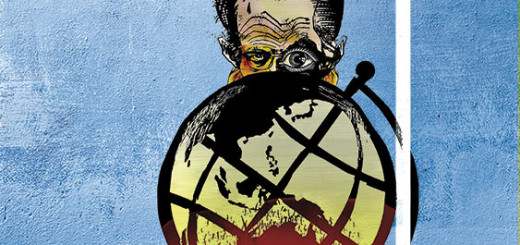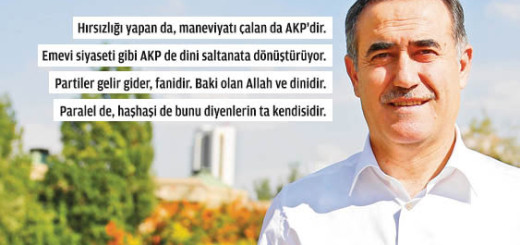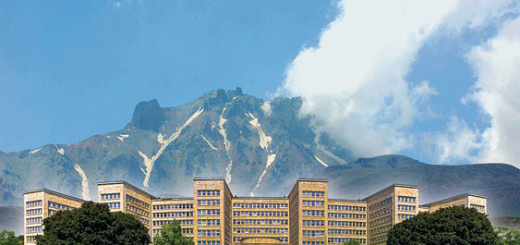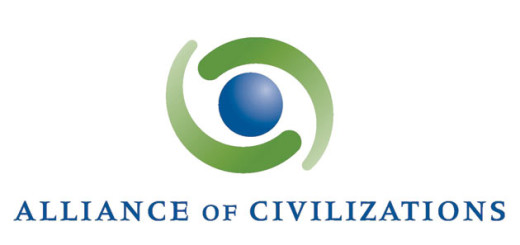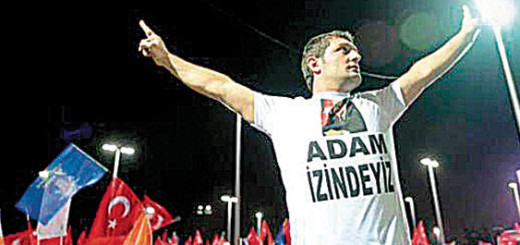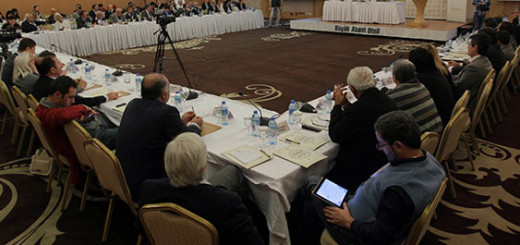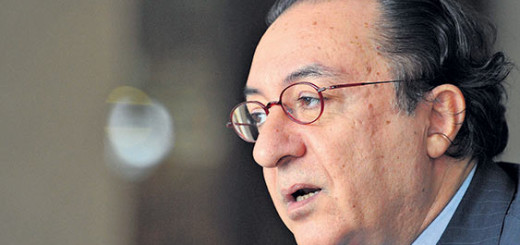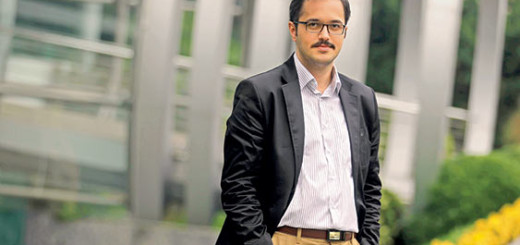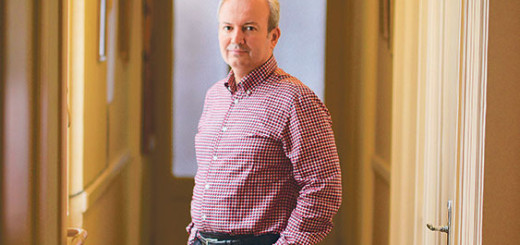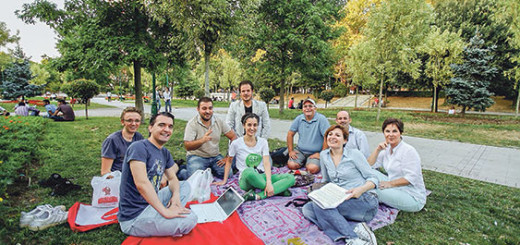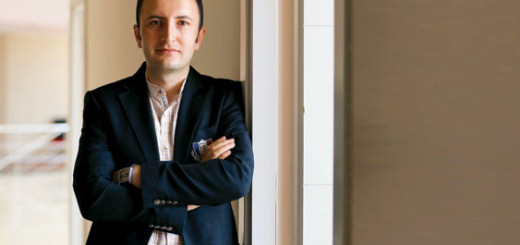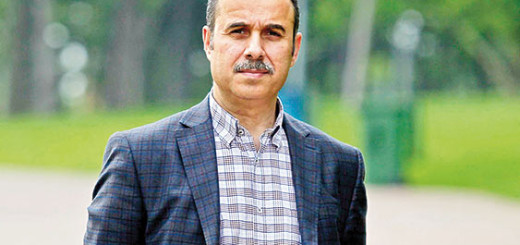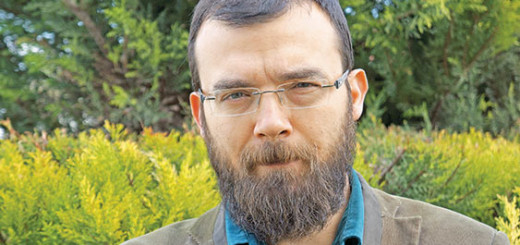
Video from cameras at the scene have disproved reports claiming a headscarved woman named Zehra Develioğlu was attacked by Gezi protesters on a street in Kabataş on June 1, 2013. (Photo: DHA)
The AK Party does not recognize the basic ethical boundaries of morality, integrity and honesty. The grave falsehoods peddled to the public by the president and by government figures reveal the current state of political life in the country. The president makes ungrounded statements based on information he receives from his aides; the people are manipulated by the blatant slander of pro-government circles, slander based on not a shred of evidence. Most people feel strongly that if there is any proof, it should be disclosed, and the accused should be properly prosecuted. However, the lies told through media channels are proved wrong within a fairly short period of time. Here is a list of the top 10 lies of the AK Party.
Kabataş lie was not backed up with proof
Allegations were made during the 2013 Gezi protests that a headscarved woman and her baby were attacked by 90-100 men. Joining a number of pro-government journalists, then-Prime Minister Recep Tayyip Erdoğan also raised this allegation.
A number of pro-government media outlets accused the Gezi protesters of committing this alleged attack, their reports exacerbating the state of social polarization. A few argued there was video footage of the attack on the woman, identified as Zehra Develioğlu, who is the daughter-in-law of Osman Develioğlu, the mayor of İstanbul’s Bahçelievler district, which is run by the AK Party. Then-Prime Minister Erdoğan even said they would disclose the footage in June 2013.
However, though more than a year has passed since the incident, the video footage has never been released or publicized. In February 2014, the Kanal D TV station released police camera footage of the incident. However, this footage showed no such attack ever happened and that 90-100 men did not attack Develioğlu.
Some of the public were convinced that a violent attack took place, and half waited for evidence to make up their minds. Journalist Balçiçek İlter, who had interviewed Develioğlu when the accusations were first made, apologized for being misled and accused Develioğlu of lying to her. Fidel Okan, a lawyer representing journalist Elif Çakır, one of those who made the initial accusation against the protesters, admitted that the whole incident was exaggerated, and eventually, İsmet Berkan, who had claimed to have seen the video footage and described it as horrible, also apologized.
Alcohol in a mosque
Another allegation that polarized popular opinion during the Gezi protests involved the Bezm-i Alem Valide Sultan Mosque, better known as the Dolmabahçe Mosque, which is within walking distance from the Kabataş ferry docks. In a speech during his party’s group meeting in Parliament, then-Prime Minister Erdoğan alleged that protesters had violated the sanctity of the mosque by drinking alcohol inside the building, disrespecting religious symbols and national values. He claimed to have footage of the whole incident and promised to release it soon. Fuat Yıldırım, who was the imam of the mosque at the time, testified to police that he had not seen anyone drink alcohol. He was soon reassigned to another mosque. Again, video footage from inside the mosque did not back up Erdoğan’s claims.
Twitter disproves assassination allegation
Pro-government papers published an allegation that Twitter phenomenon Fuat Avni and Republican People’s Party (CHP) İstanbul deputy Umut Oran had plotted the assassination of Sümeyye Erdoğan, President Erdoğan’s daughter, via Twitter. In a press conference in Parliament, Oran strongly criticized the pro-government media and denied the allegations. Subsequently, he asked Twitter to reveal the content of all his correspondence via the social media platform. A response by Twitter disproved the allegations. Twitter, in a written statement, noted that Umut Oran and Fuat Avni do not follow each other and that it was thus not possible for them to exchange direct messages over Twitter.
Who planted the bugging device?
In December 2011, media reports indicated that a bugging device was found in Prime Minister Erdoğan’s office in Ankara. At the time, no serious action was taken to address this. Suddenly, following a bribery corruption investigation that went public on Dec. 17, 2013, the case heated up.
Then-Prime Minister Erdoğan argued that those who planted the device had been identified and that they had fled the country. However, it became evident that the accused, S.D., had not fled but was instead assigned to a post in a foreign country.
Subsequently, a legal case was initiated against 13 individuals who were accused of planting the bugging device. The prime minister’s chief aide, Mustafa Varank, testified because he was present when the device was found. After explaining that he had found the device with the intelligence team, Varank admitted that they did not prepare an official report, and added that the police officers present were taken outside upon instructions from then-Prime Ministry Undersecretary Efkan Ala, and that officials from the National Intelligence Organization (MİT) had carried out the search.
It also became apparent that the Scientific and Technological Council of Turkey (TÜBİTAK) was asked to draft a report related to the device found, but with an incorrect date. Former TÜBİTAK Vice President Hasan Palaz, who refused to falsify information in the report, was detained and then arrested. Varank’s testimony and Palaz’s statements refute the government’s claims on the bugging device.
Was Erdoğan really threatened?
In a televised speech on March 2, 2014, Deputy Prime Minister and government spokesman Bülent Arınç said, “The Hizmet movement threatened Prime Minister Erdoğan over the issue of private prep schools.” It has been more than a year since this statement. Arınç said he heard Erdoğan telling him about that threat and that Erdoğan had told him: “They came to me. They told me they had my tapes and that they would release them and rock the government. I challenged their blackmail. I asked them how they dared doing such a thing.” A few days after his statement, Arınç was asked about the threats. In response, he said: “Now are you asking me to give names? I have nothing else to add to what I said before.” Neither Arınç nor Erdoğan have given any names since.
Is Koç Holding part of an interest lobby?
Most of us became familiar with the concept of “interest lobbies” when Erdoğan used it during the Gezi Park protests that started on May 31, 2013. Who were they? What was this interest lobby? By this Erdoğan and his supporters referred to Koç Holding, Boyner and businessmen because they expressed support for the protesters. They were accused of undermining the government by using their external connections and acting as extensions of a global interest lobby. This term has been extensively used by pro-government figures for a year, but, interestingly, Erdoğan himself disproved this allegation. In November 2013, Erdoğan gave an innovative leadership award to Ali Koç. In other words, he gave an award to someone he previously accused of undermining the government by aligning with the so-called interest lobby. Erdoğan has never been able to identify this lobby; and, in fact, he has never attempted to because there is no such thing as an interest lobby. In addition, he attended the opening ceremony of a car factory by Koç Holding. When asked about whether or not this was a contradiction, Erdoğan said: “They upset us during the Gezi protests. Of course they don’t admit it. They argue that they did not do anything. As prime minister of the country, I cannot hold a grudge against a group that invests in the country.”
Are there documents that are yet to be disclosed showing foreign currency was accumulated?
Bank Asya was one of the victims of slanderous statements and lies in the aftermath of the December 2013 corruption and graft operation used to divert attention from the allegations of corruption. First, pro-government media published false reports arguing that Bank Asya collected a huge amount of US dollars before the operation because it knew about it beforehand. Economists noted that it was impossible to buy such a huge amount of money in foreign currency; however, despite this, Interior Minister Ala, in a TV program, argued that he had proof that Bank Asya bought foreign currency ahead of the operation. It has been more than a year since this allegation but Ala has provided no documents or evidence.
How many people have been wiretapped? Make up your mind already!
On Feb. 23, 2014, pro-government dailies Yeni Şafak and Star published the exact same headline: “7,000 people were wiretapped.” They alleged that two prosecutors, receiving authorization from the court, had wiretapped 7,000 people over three years. İstanbul Chief Public Prosecutor Hadi Salihoğlu denied the allegation and said only 2,280 people’s conversations had been recorded. Those who ordered the wiretaps were Prosecutors Adnan Çimen and Adem Özcan, who had special authority to make such a decision. Özcan said what was published was not true and Çimen asked the Supreme Board of Judges and Prosecutors (HSYK) to appoint an inspector to investigate the issue. İrfan Fidan was appointed to perform this task and at the end of the investigation stated that only 238 people had been wiretapped.
Why wait for three years to disclose who was behind conspiracy against Baykal?
In an attempt to diver attention from the graft investigation, Erdoğan referred to secretly recorded video footage of the CHP leader Deniz Baykal and several members of the Nationalist Movement Party (MHP) that were leaked on the Internet shortly before the 2011 elections. In his group meeting in February 2014, he argued that a so-called “parallel structure” was behind this conspiracy, without offering any evidence or proof. Baykal denied the allegation and said the government was responsible. Then another video, this time featuring Erdoğan and confirming Baykal’s allegation, was leaked. The video made it apparent that Erdoğan had watched the Baykal video and instructed his aides to upload it to the Internet.
Police report given to prosecutor does not mention ‘toppled leader’ or ‘then-prime minister’
In a speech at a political rally in Yalova, Erdoğan argued that a report drafted as part of the corruption and graft operation referred to him as “then-prime minister.” However, it later emerged that the report referred to Erdoğan as “Prime Minister Recep Tayyip Erdoğan” 10 times and as “R. Tayyip Erdoğan” 43 times. Contrary to Erdoğan’s allegation, there was no reference to “then-prime minister” or “toppled leader.” Former Police Chief Yakup Saygılı said there was no reference to Erdoğan as “then-prime minister” in the report. Prosecutor Celal Kara, who was taken off the case after the operation, also denied the allegation, saying the document did not include the expression “then-prime minister.”
